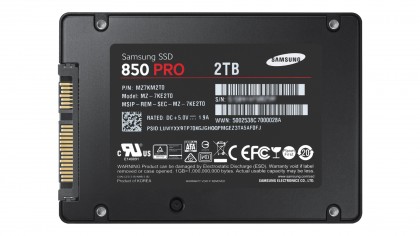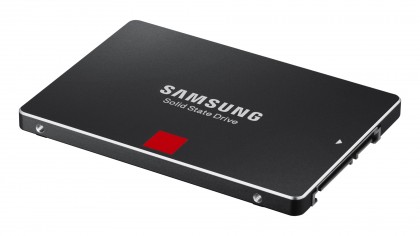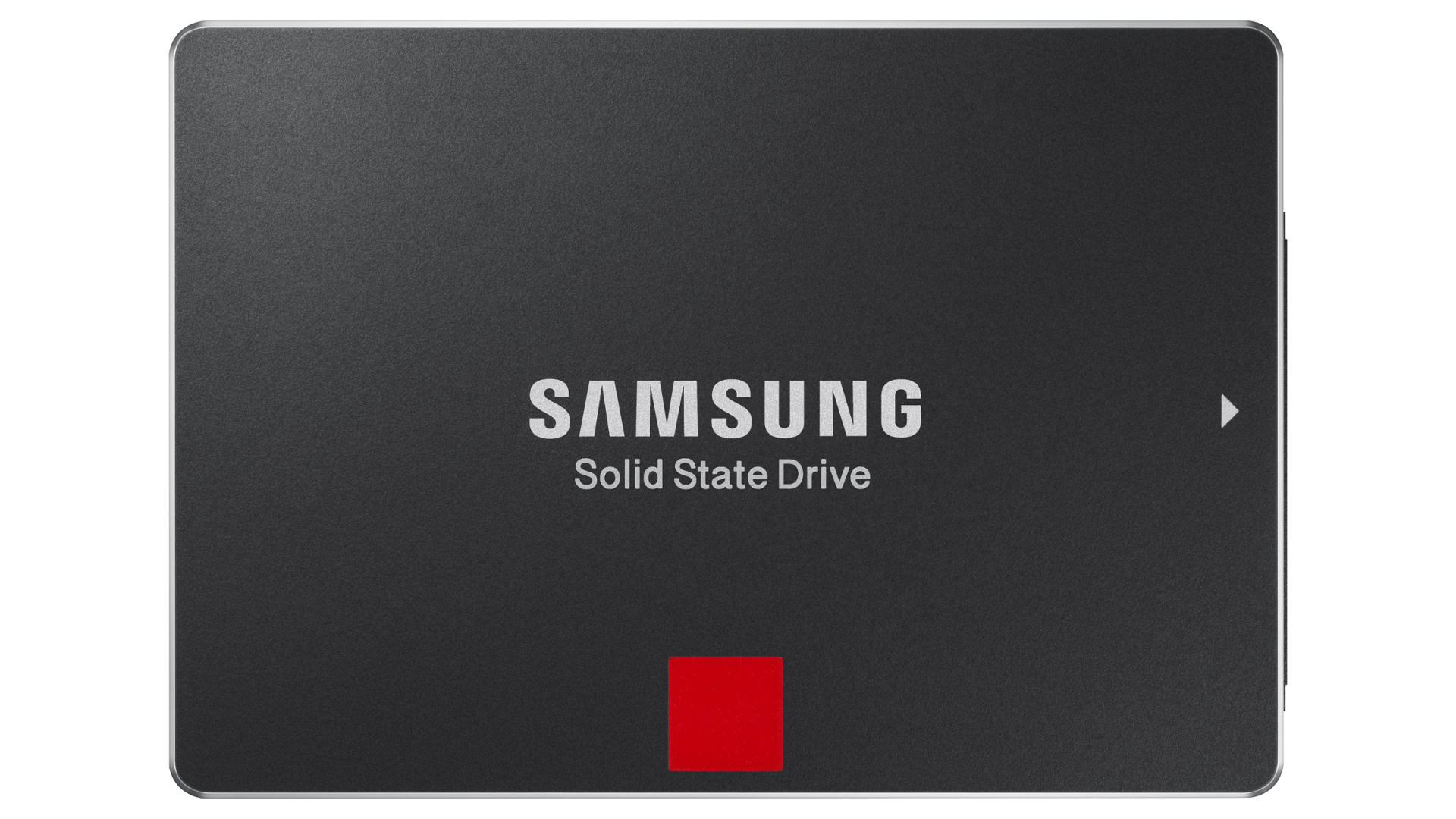TechRadar Verdict
Samsung's latest SSD puts an end to solid-state capacity limitations, but at a price both in terms of money and performance.
Pros
- +
Huge capacity
- +
Fast for a SATA drive
- +
Mega 10 year warranty
Cons
- -
Insanely expensive
- -
Outpaced by M.2 drives
- -
Limited appeal outside of laptops
Why you can trust TechRadar
Performance or capacity? That's been the dichotomy that's dominated data storage since the first mainstream solid-state drives for PCs appeared nearly a decade ago.
But now Samsung has launched the first 2TB SSDs aimed at consumers. Give it up for the Samsung 850 Pro 2TB (£750, around US$1,166, or AUS$ 1,554), tested here, and its 850 Evo (£637, around US$992, or AUS$1,320) sibling. At last, the speed of solid-state flash memory has been combined with the multi-terabyte mass storage that's previously been the preserve of conventional hard drives with their spinning magnetic platters.
So, how has Samsung pulled it off? A big part of the explanation is Samsung's 3D V-NAND memory. 3D V-NAND, of course, is Samsung's trailblazing new flash memory technology that sees memory cells stacked atop one another in layers rather than just arranged in a flat two-dimensional array.
The most obvious benefit of that is the ability to squeeze much more capacity into a given area of memory chip. But the upsides go beyond that. For starters, using multiples layers of memory cells takes the pressure off the need for each layer to absolutely maximise capacity.
That means mature rather than cutting-edge silicon production processes can be used, which increases yields and thus reduces costs. It also means the chips aren't right on the ragged edge for performance, which makes them more reliable – often a major limitation for flash memory which wears out gradually as data is written to the memory cells.

In practice, that means where Samsung's previous-generation 840-series drives sported NAND memory with uber-tiny 19nm transistors, the 850 series is thought to get by with 40nm technology.
Samsung hasn't revealed whether the new 850 Pro in 2TB format uses the same 40nm 3D memory. But given the density enabled by stacking multiple layers, it's plausible that Samsung's existing 3D V-NAND technology is good enough.
However, what we do know is that achieving that headline 2TB has required Samsung to come up with a new controller chip. Samsung says its existing MEX controller as seen in the existing 128GB to 1TB 850 Pro SSDs had limitations when it comes to really high capacities. Consequently, the new 2TB has a new controller, known as the MHX.
As ever, actual technical details are thin on the ground. The market is so competitive, not many SSD makes are keen to give up the technical secrets of their controllers, sadly.
That said, Samsung's performance claims make it clear they don't think the upped capacity comes with any performance downsides. Samsung quotes exactly the same numbers for the new 2TB 850 Pro as existing Pros down to 250GB. So, that's 550MB/s sequential reads, 520MB/s sequential writes on the on e hand and 100,000 Read IOPS and 90,000 write IOPS on the other.
Arguably where things get really interesting with Samsung's 'Pro' line of drives, however, is durability. And here the 2TB absolutely does not disappoint. Samsung provides a mega 10-year warranty along with expectations of 300TB's worth of writes. Wow.
That's probably even more important with a really large drive than a puny SSD that you might expect to replace within a couple of years. This thing has legs.
Interface compatibility

However, the elephant in the room and what we haven't mentioned up to this point is that the 2TB model and indeed all Samsung 850 Pro and Evo models don't offer compatibility with the latest storage interfaces.
We speak of PCI Express-based interfaces like M.2 and SATA Express (even is the latter is increasing looking like a stillborn standard). Instead, the 850 Pro 2TB is a plain old SATA drive.
That means it's limited to a real-world peak performance of about 550MB/s. That's simply a function of the 6Gbps limitation of the SATA interface. What's more, SATA uses a control protocol known as AHCI, which was conceived for magnetic hard drives, not SSDs. And that, in turn, makes SATA sub optimal in terms of random access performance with SSDs.
If you're upgrading an existing system – and particularly a laptop – that may not be a problem. You may not have any M.2 slots in your PC, in any case. But as the storage solution for a new PC you are planning to build or an existing system with M.2 support, the limitations of SATA compared with M.2 drives kicking out nearer 2GB/s of bandwidth than the mere 550MB/s top whack of a SATA drive make even this 2TB look pretty old hat.
Technology and cars. Increasingly the twain shall meet. Which is handy, because Jeremy (Twitter) is addicted to both. Long-time tech journalist, former editor of iCar magazine and incumbent car guru for T3 magazine, Jeremy reckons in-car technology is about to go thermonuclear. No, not exploding cars. That would be silly. And dangerous. But rather an explosive period of unprecedented innovation. Enjoy the ride.
